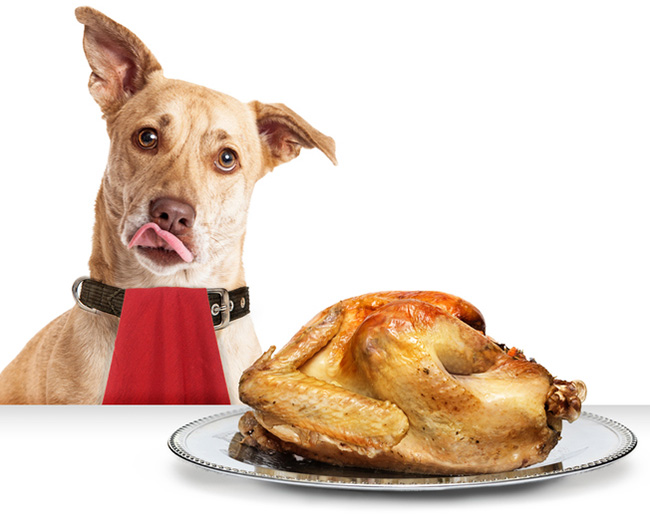Can My Dog Eat a Turkey Leg?
As the holidays approach many dog owners wonder if they can share a tasty turkey leg with their canine companion. While dogs can eat turkey meat safely turkey bones should be off limits. This article will examine the potential risks and benefits of feeding your dog turkey legs.
Potential Benefits of Turkey Meat
Lean turkey meat provides many nutritional benefits for dogs. It is an excellent source of protein which gives dogs energy and helps maintain their muscles. Turkey also contains important vitamins and minerals like vitamin B6 niacin, selenium, and phosphorus.
The tryptophan in turkey may have a calming effect on some anxious dogs. Tryptophan is an amino acid that helps produce serotonin, a neurotransmitter that promotes relaxation.
Many dogs enjoy the taste of turkey. The savory flavor and meaty texture make it a tasty treat. As long as turkey is introduced slowly and makes up a small portion of their diet, it can add variety to your dog’s meals.
Risks of Cooked Turkey Bones
While the turkey meat is fine for dogs, cooked turkey bones are quite dangerous. They tend to splinter easily when chewed by dogs. These bone fragments are sharp and can puncture your dog’s mouth, throat, stomach, and intestines.
You should never give your dog cooked bones of any kind. This includes turkey bones and chicken bones. Even large marrow bones can crack when cooked. Raw bones are safer since they do not tend to splinter as much. However, turkey bones are small and delicate even when raw.
Symptoms of Turkey Bone Ingestion
If your dog accidentally swallows turkey bones, look for the following symptoms:
- Gagging or choking
- Vomiting
- Loss of appetite
- Lethargy
- Diarrhea or bloody stool
- Abdominal pain
You should take your dog to the vet immediately if you notice any of these signs. Turkey bones can get lodged in the throat, stomach, or intestinal tract. They may need to be surgically removed.
What to Do if Your Dog Eats Turkey Bones
Here are some steps to take if it appears your dog has consumed turkey bones:
-
Do not induce vomiting, as this may cause further injury.
-
Feed your dog slices of bread or rice to help cushion the bones as they pass through.
-
Monitor your dog closely over the next 2-3 days for signs of obstruction. Turkey bones take around 72 hours to digest.
-
Avoid strenuous exercise that could dislodge a bone fragment.
-
Check your dog’s stool for bone fragments over the next few days.
-
Take your dog to the vet at the first sign of distress. Surgery may be required to remove lodged bones.
Preventing Accidental Ingestion
The easiest way to keep your dog safe is to keep turkey bones away from them completely. Here are some tips:
-
Carve turkey in an area that is gated off from your dog. Never leave turkey remains unattended.
-
Dispose of bones, scraps, and trash where your dog cannot access them. Use closed trash cans.
-
Store turkey bones and carcasses in the refrigerator until they can be discarded outside of your home.
-
Inform holiday guests not to feed any turkey bones to your dog. Dogs can become ill within minutes of consuming a bone.
-
Put your dog in another room behind a closed door when you sit down for a turkey dinner. The aroma may entice them to steal turkey from plates.
The Bottom Line

Can Dogs Eat Raw Turkey Legs
FAQ
What happens if my dog eats a turkey bone?
What part of turkey can dogs not eat?
What parts of turkey are safe for dogs?
How to cook turkey legs for dogs?
